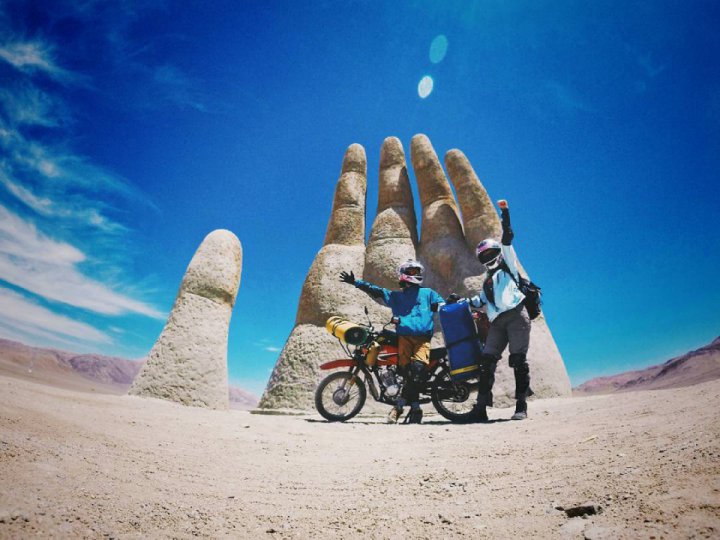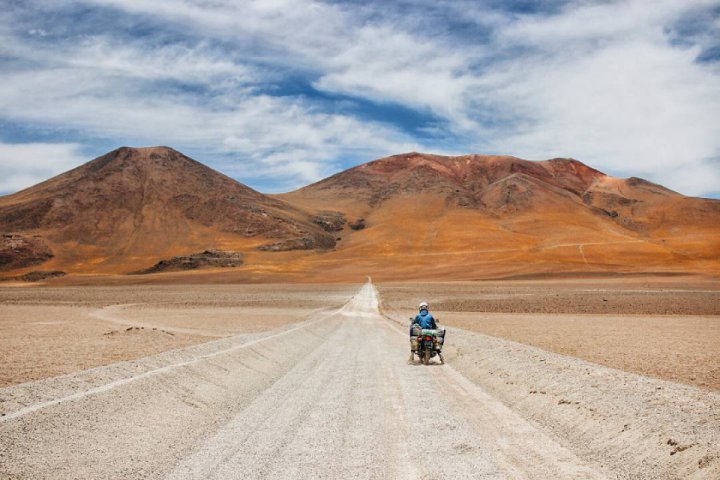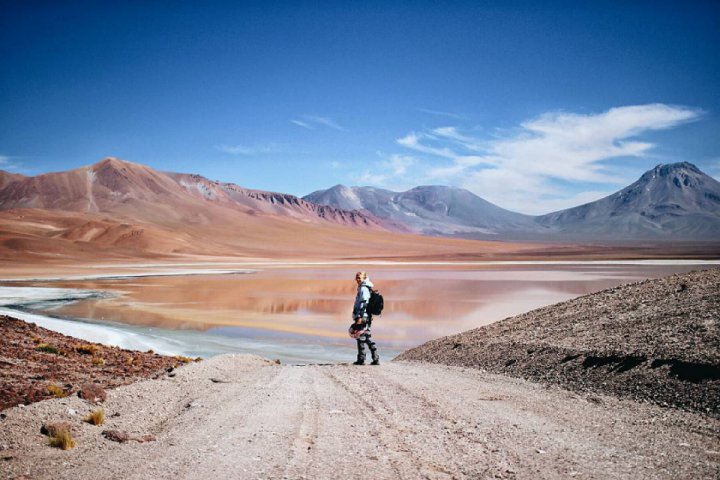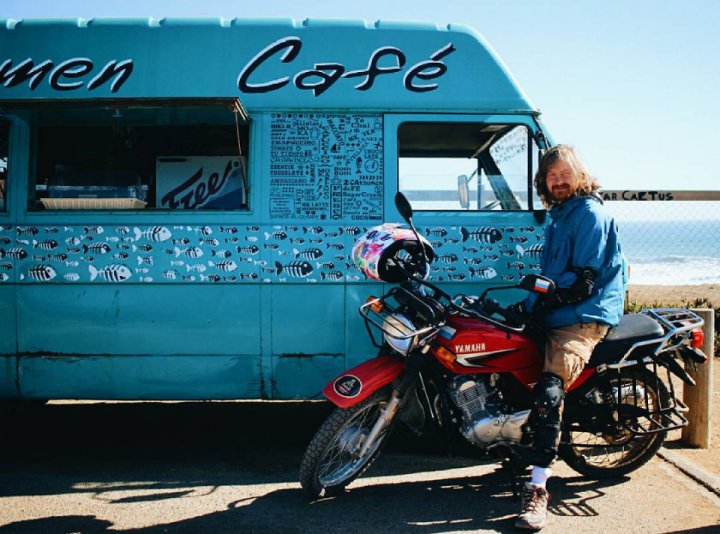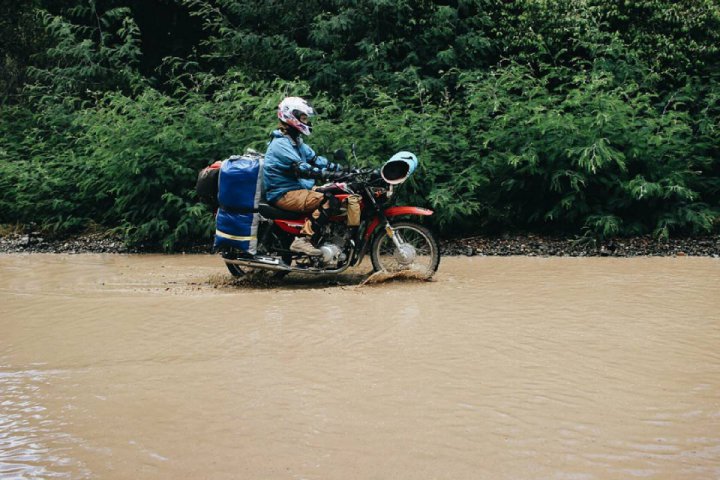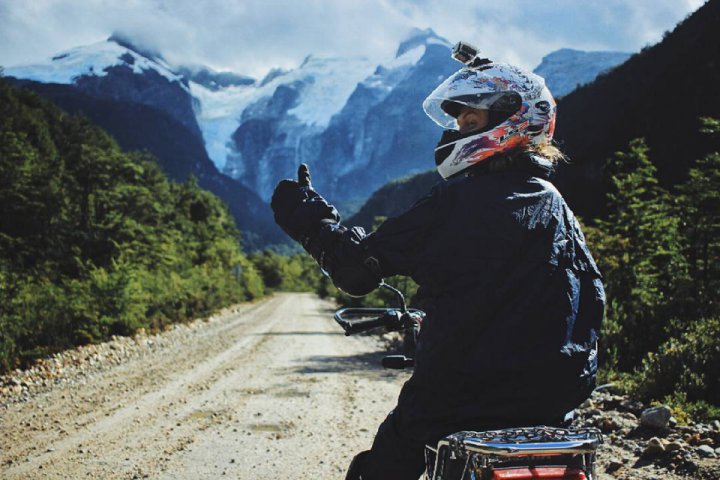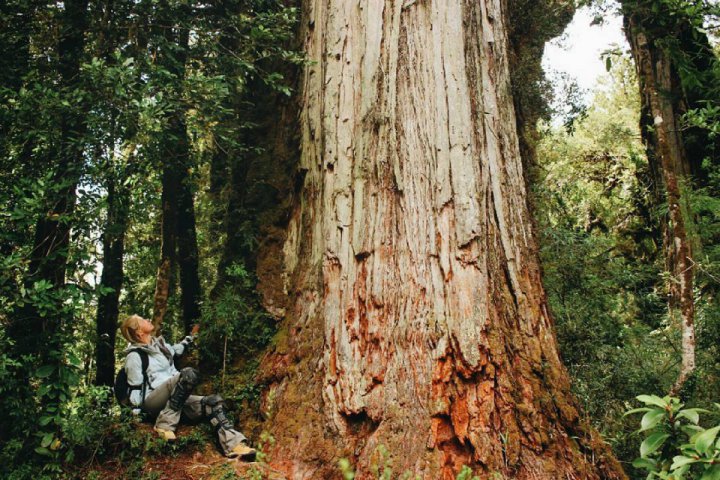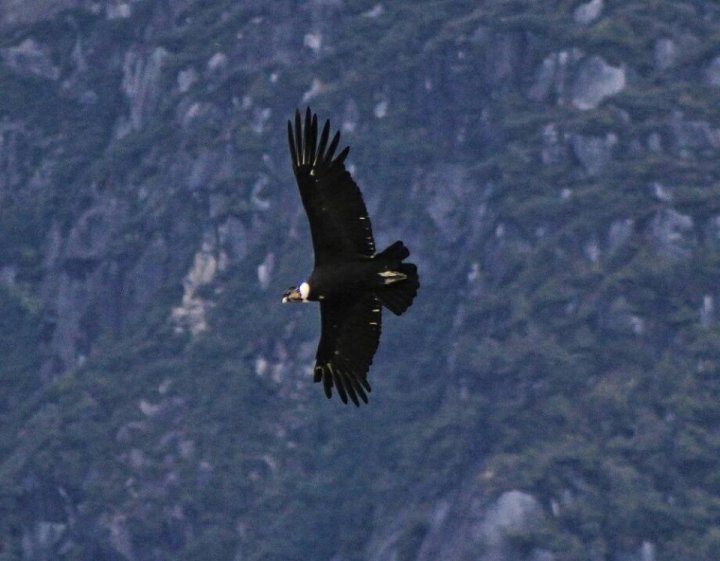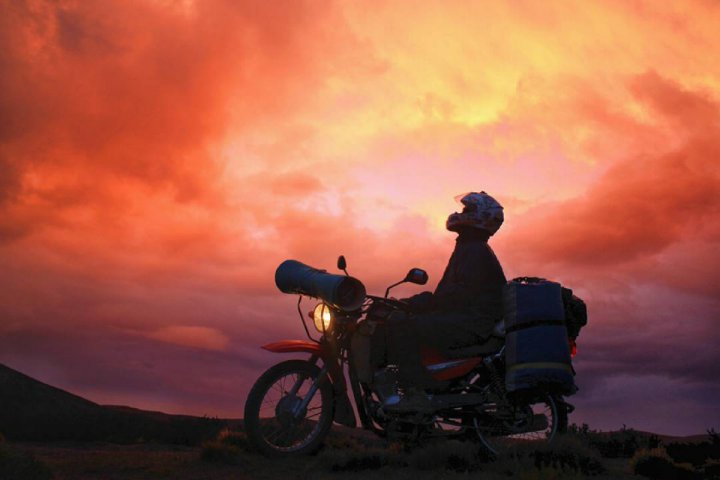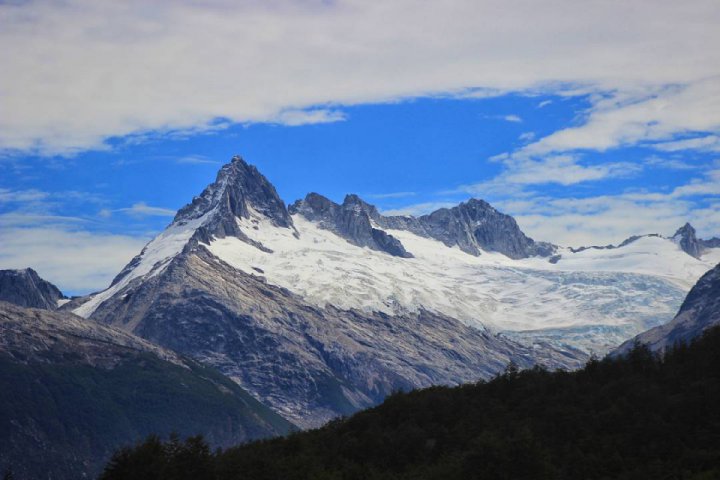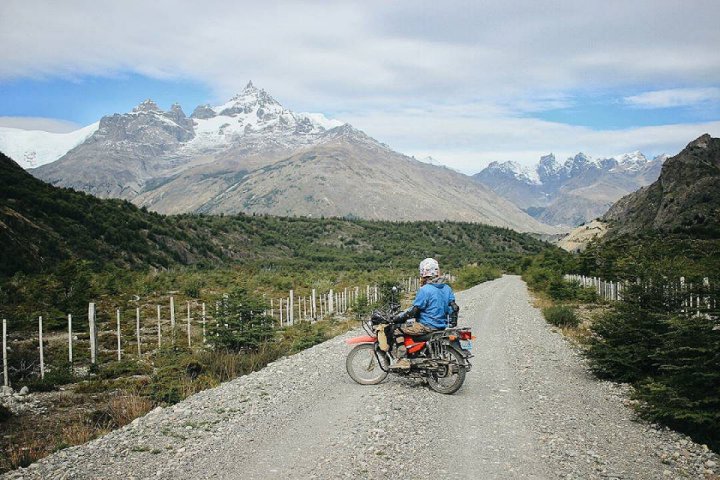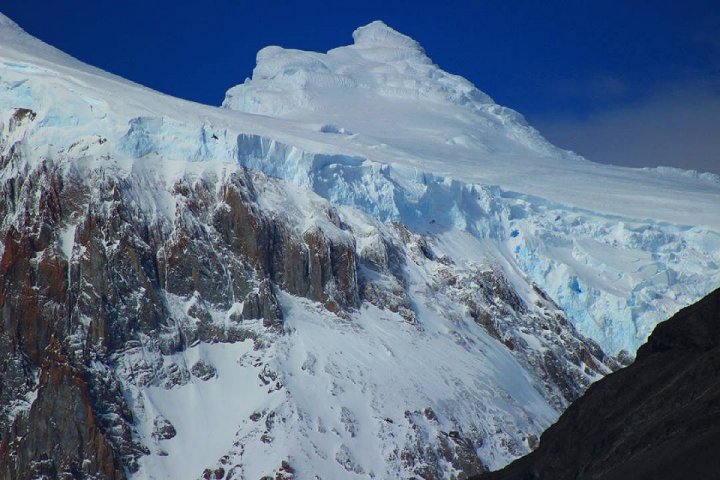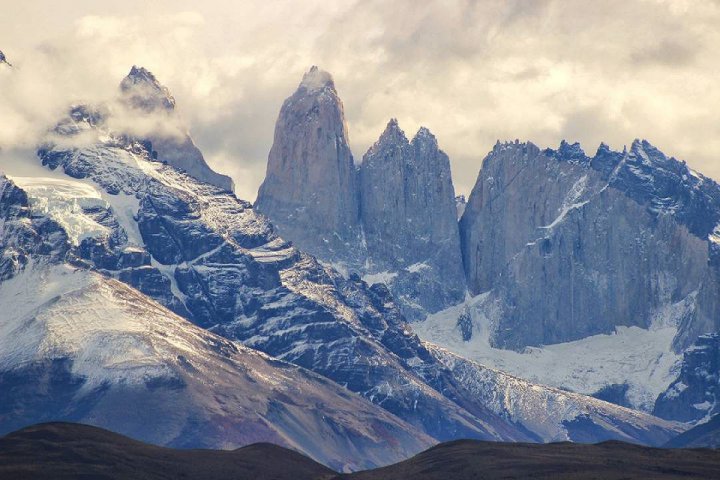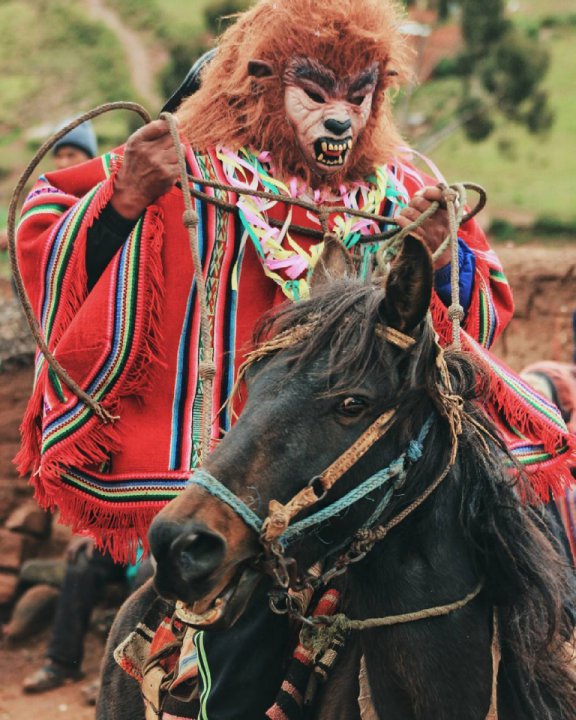Adventures of YB125 in Chile, part 6
Let's continue...)
Once we turned off the Pan-American highway and realized that all the asphalt of Chile was spent on this important artery. In other places, in addition to highway number five, asphalt is placed as an exception - in the cities and at the prestigious resorts :) This time the exit on the primer was joyful.
The primer was wide and well rolled, almost completely without sand. Atakama began to change, more plants appeared (let them all be exhausted by the drought), the earth looked like a crumpled paper and the surrounding hills acquired broken colored shadows. We turned off to see our favorite ocean again and visit the reserve found on the map with the eloquent name "Humboldt Penguins National Park". For 70 kilometers, life was never met, only its indirect signs - lapels to the mines. And then, at last, a tiny village began on the shore.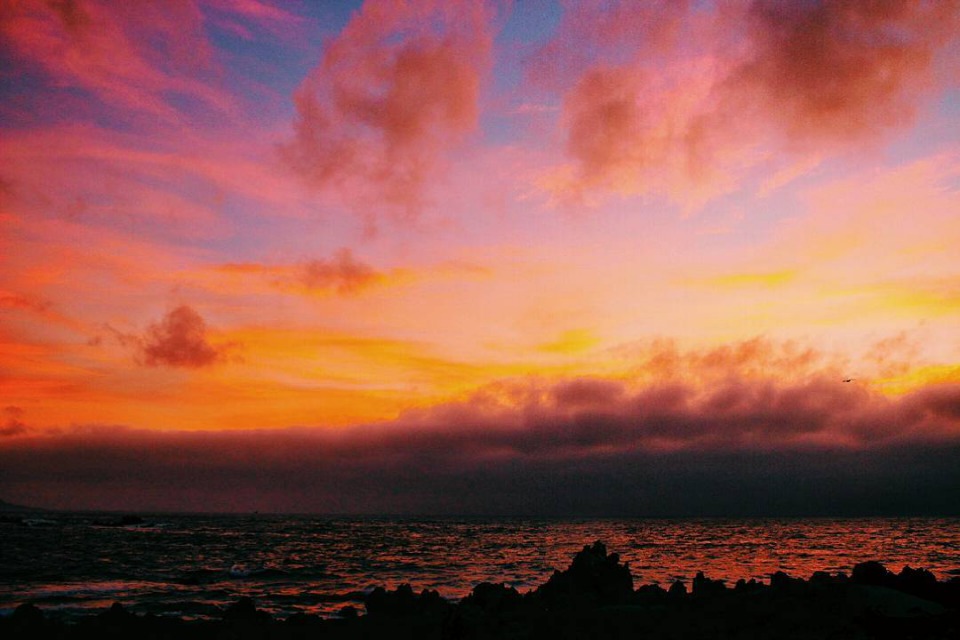
We knew boats with excursions go to the Humboldt Penguins National Park. The surprise was that in the bays between the big earth and the islands 6 species of whales were recorded and at least two of them live almost constantly. It turned out that on the way to the penguins, meeting with whales is almost guaranteed.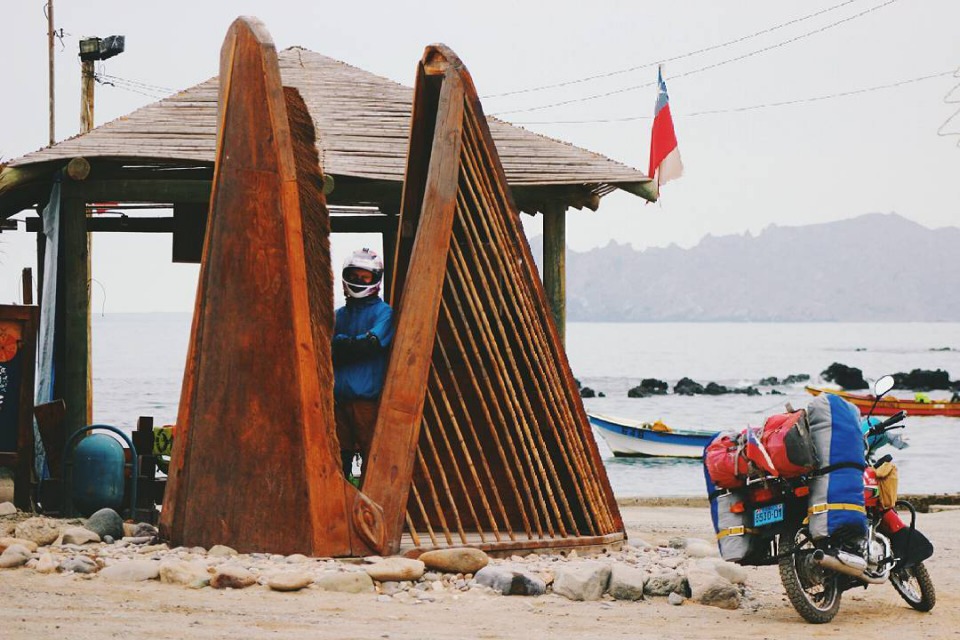
The most common type of whale off the northern coast of Chile is a whale from the genus of rorquals - finwhale (a species that is endangered). This is the second largest whale, and, accordingly, the second largest animal on our planet. The high fountains of the finwhales are the first thing we saw from the boat, but a couple of minutes later a completely different friend appeared. It was a humpback whale. At this time, the populations of the southern hemisphere migrate from the equatorial parts of the ocean (where they multiply and consume mainly their own fat stores) to the south, where they feed.
Actually, we were very lucky to meet this traveler. Humpback is much smaller than finwhales, their speed is lower, and breathing intervals are shorter. Senor Patricio stopped the boat and, swaying on the waves, in silence, on the approximate whale route, we waited for it to rise again to breathe.
We did not experience such feelings when we met other animals ...
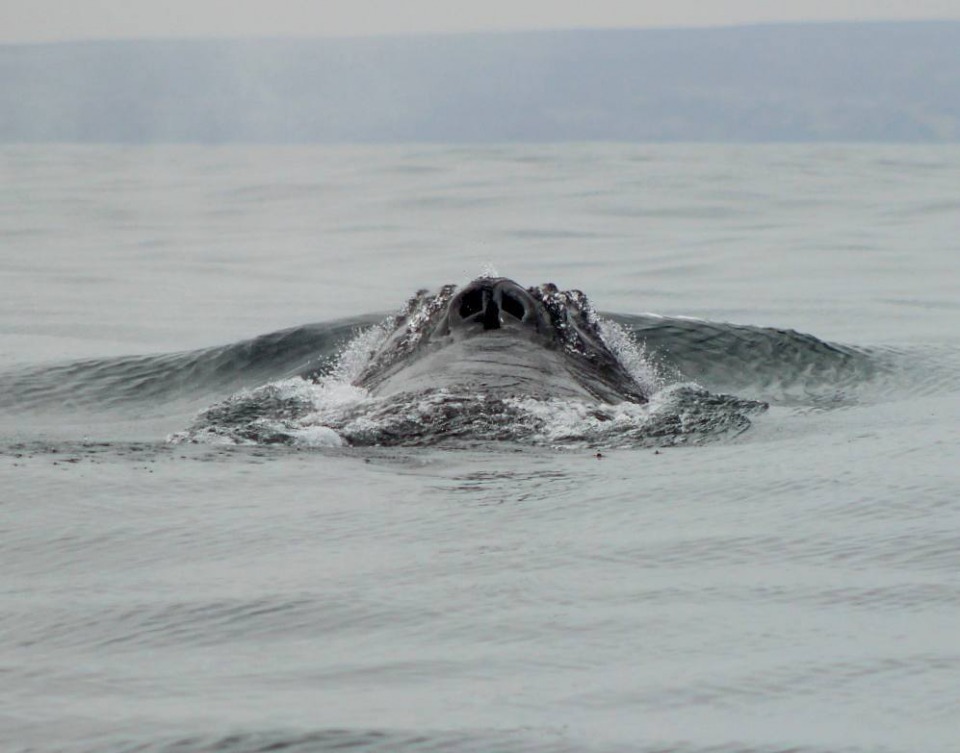
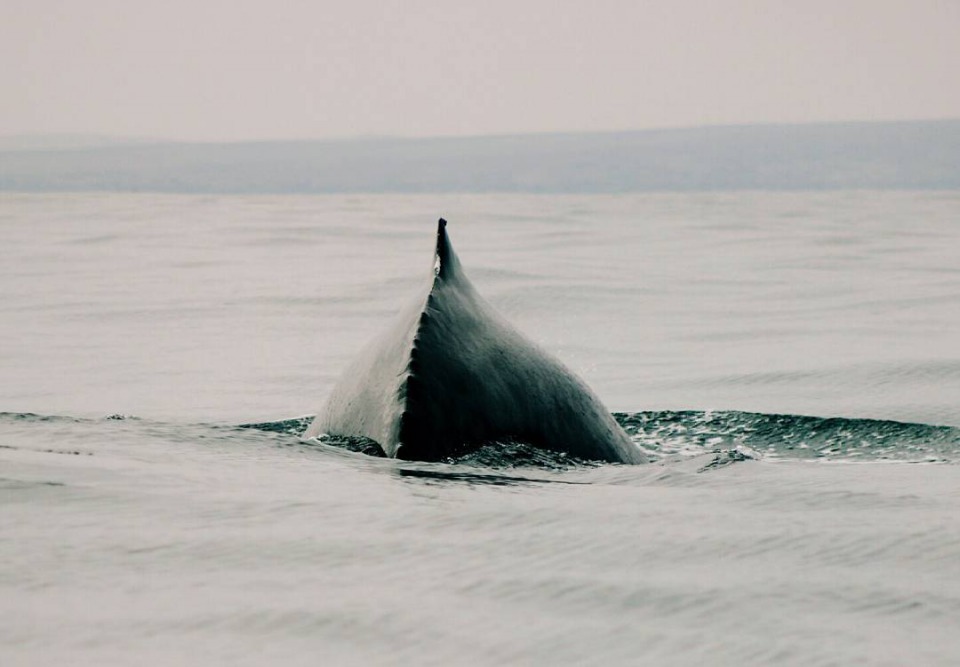
Sea lions - just some kind of unrealistic joke))) they are so graceful in the water, and so thick, awkward on land, but at the same time first-class climbers. It's really funny to watch how they shake their bodies into narrow slots, climb upwards or roll down. Well, they take the form of rocks in general, like plasticine. Looking at them you can believe that these cold, wet, slippery, hard stones are the best place to sleep)))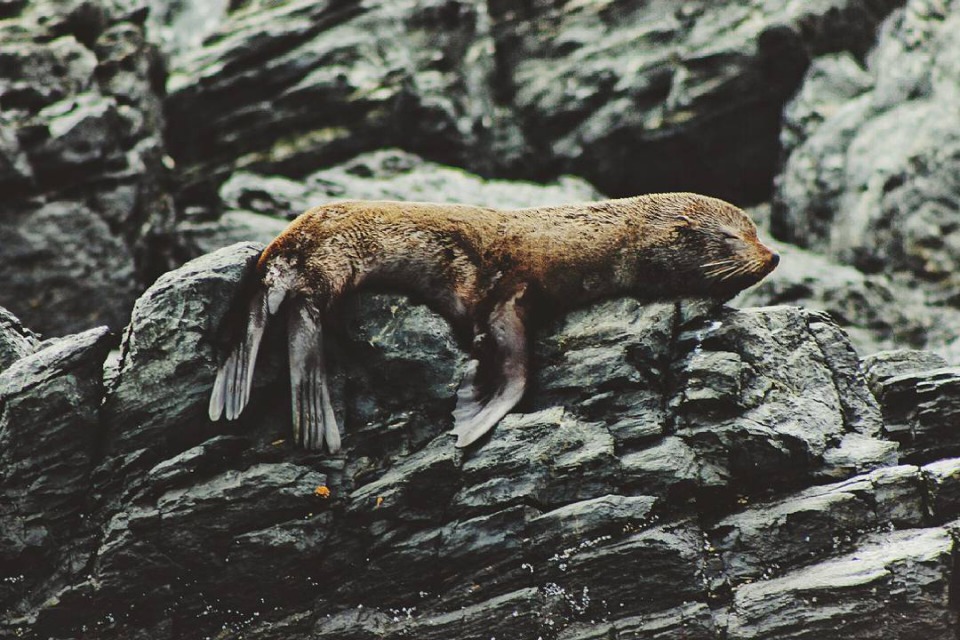
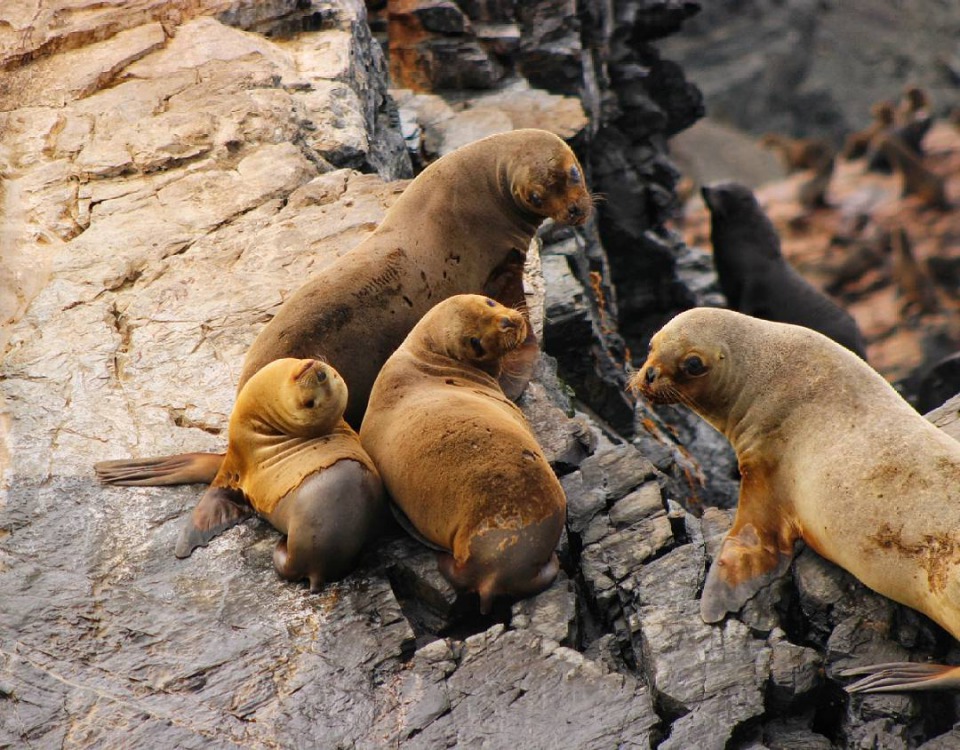
Humboldt penguins settle their nests in shallow burrows, which they dig themselves. On the islands, penguins lay narrow, loose paths along almost vertical cliffs. But during the hunting period they do not climb up, but rest on the rocks lower.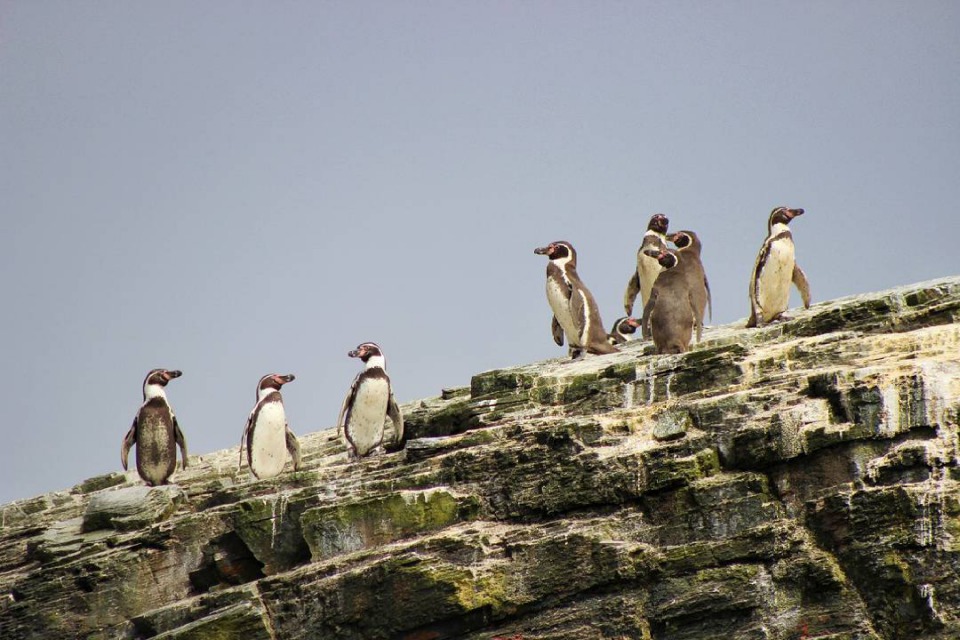
Valparaiso
Until now, we will never get used to the fact that in Chile drivers not only miss pedestrians, but even passed back at traffic lights, at the risk of "kissing" the city bus, just in order not to block off the frame))) even somehow awkwardly Indeed!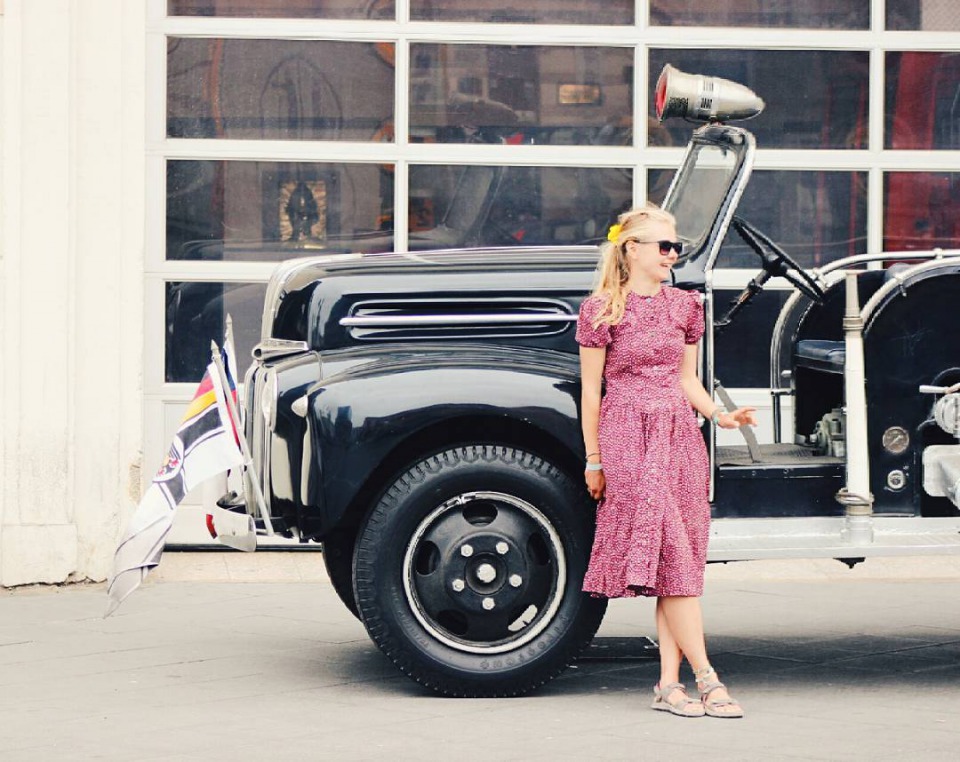
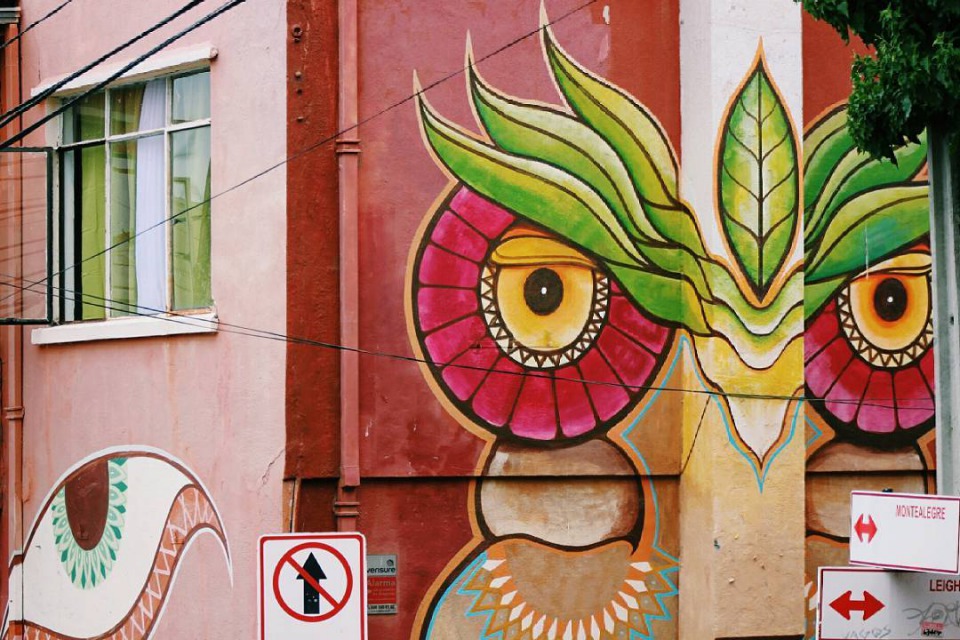
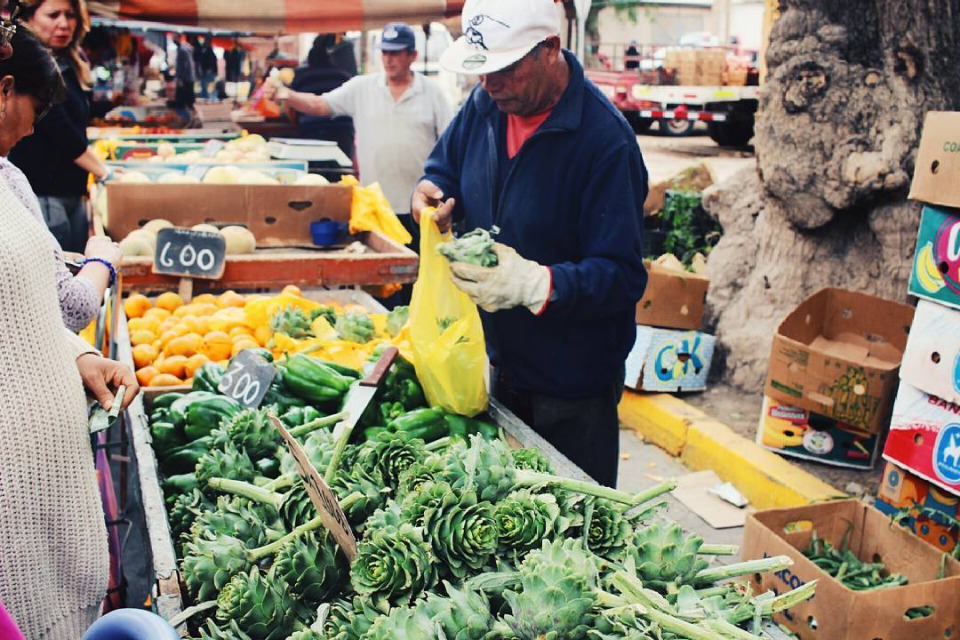
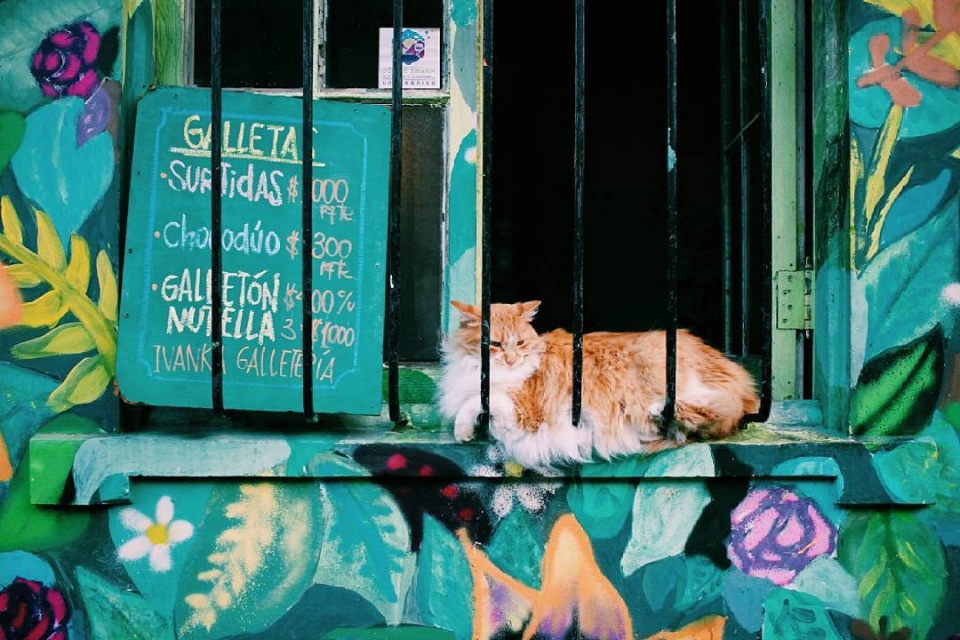

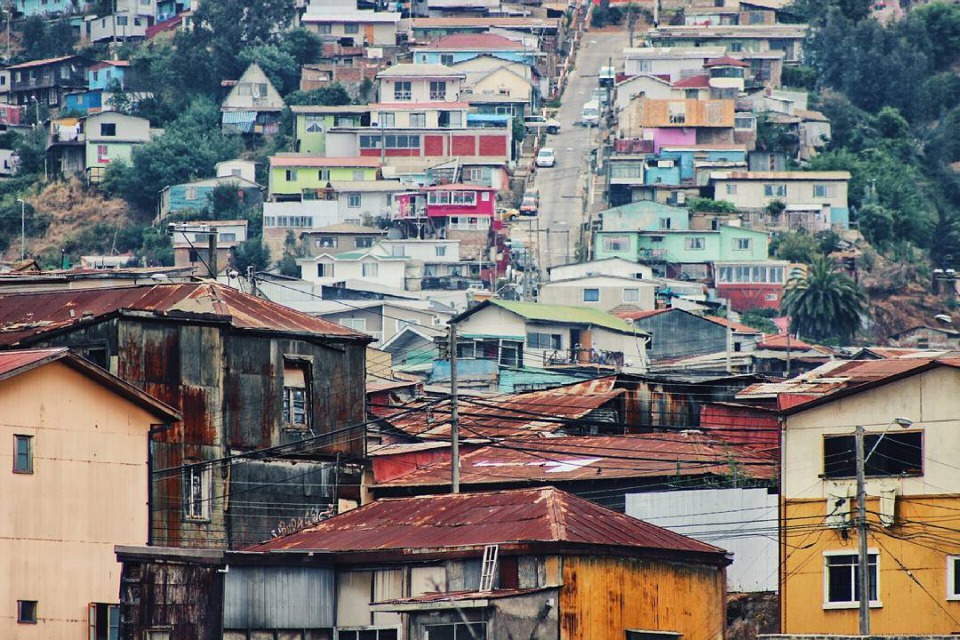
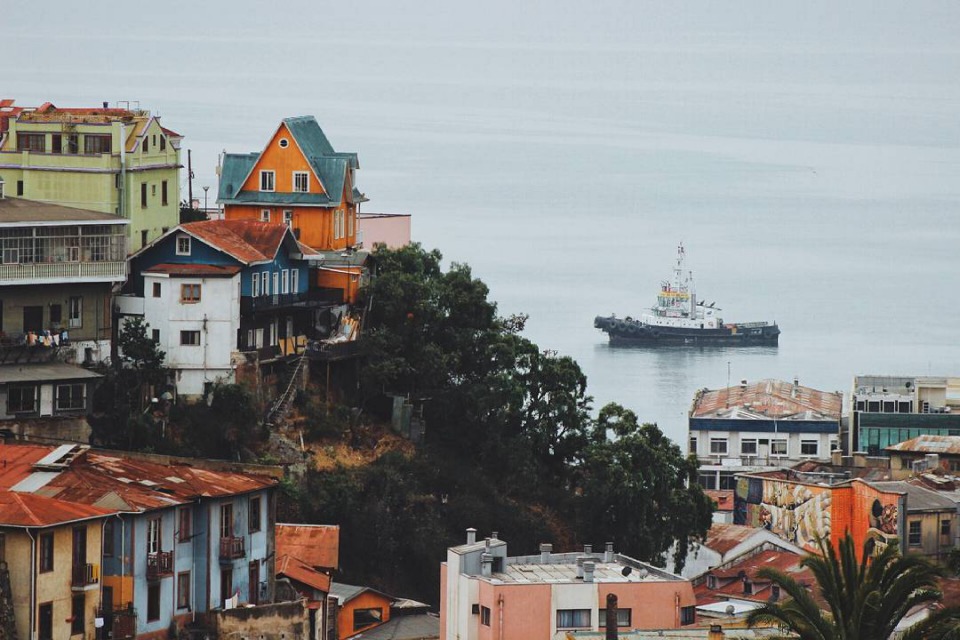
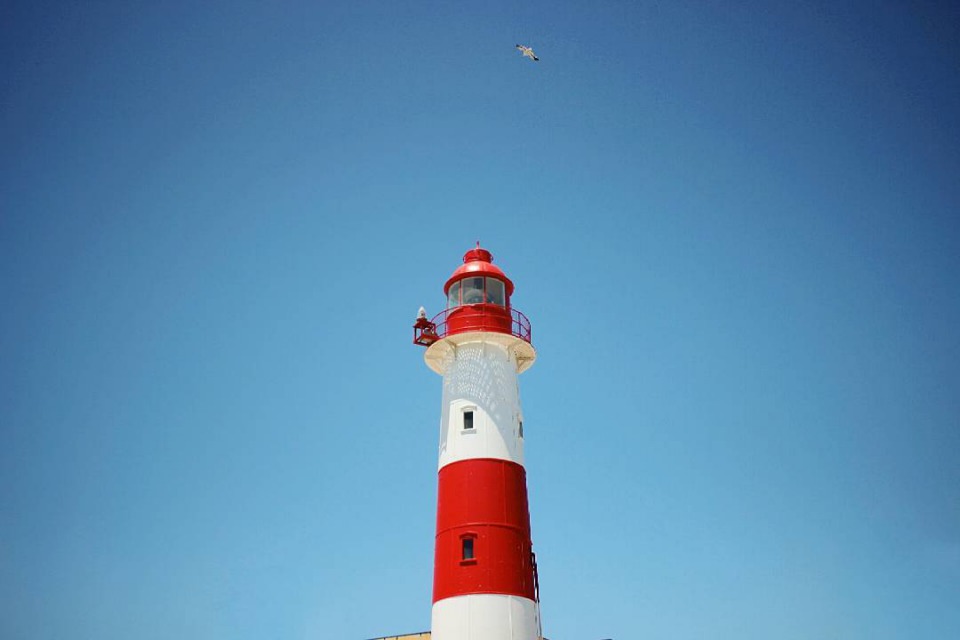
Inspiration. This is the first city in Chile, perhaps, in which I really want to live. Despite all its devastation and shabby.
Valparaiso does not have long beaches, as in other Chilean cities to the north. There is no city quay and tourist malls. But there is a huge port, the territory of which stretches along the whole bay, and there are dramatic cliffs on the western side of the city. When you stand at a parapet over these rocks, then some individual waves can be felt all over. A small earthquake, followed by a breath of salty spray from the grottoes hidden below.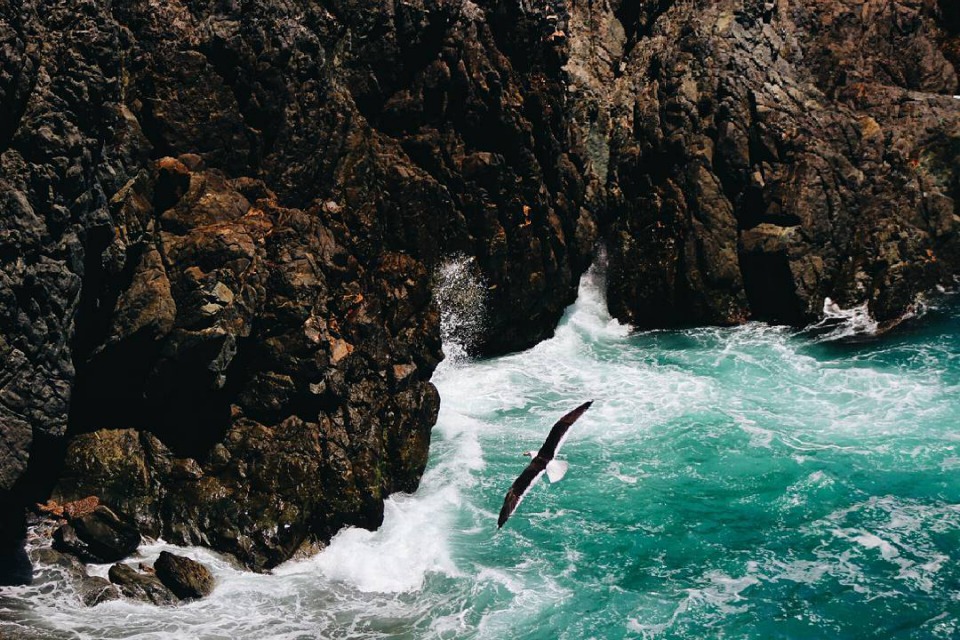
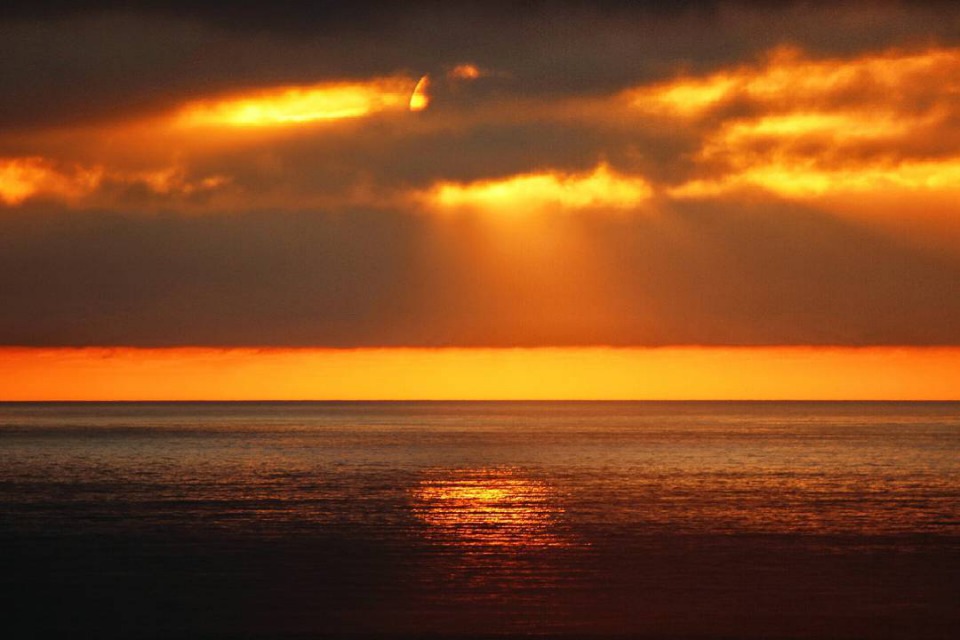
Here we finish this part to continue talking about the famous road "Carretera Austral", which we consider one of the most beautiful in our journey. Stay with us! :)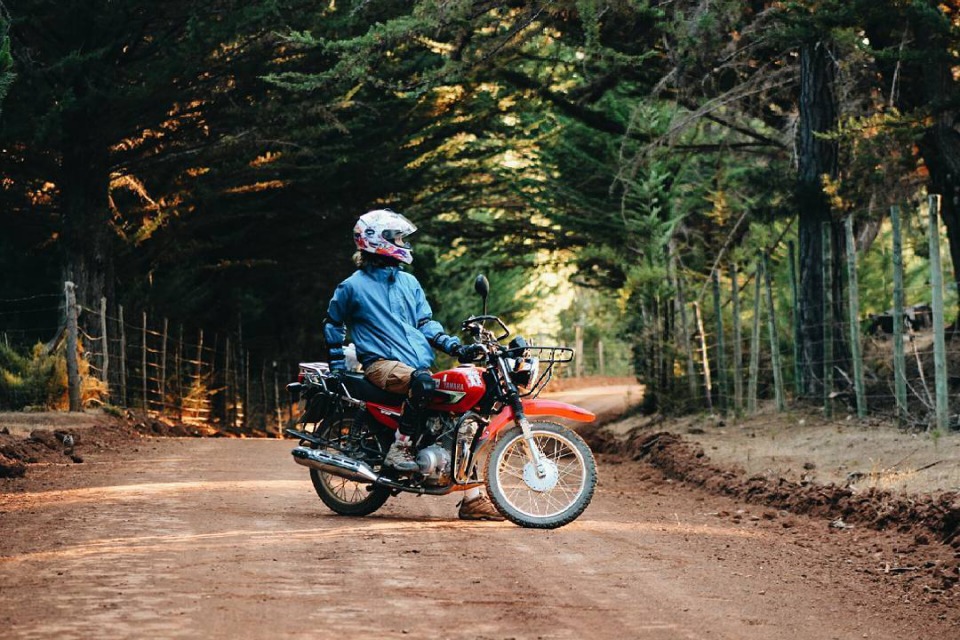
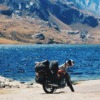
 Follow
2.3K
Follow
2.3K


